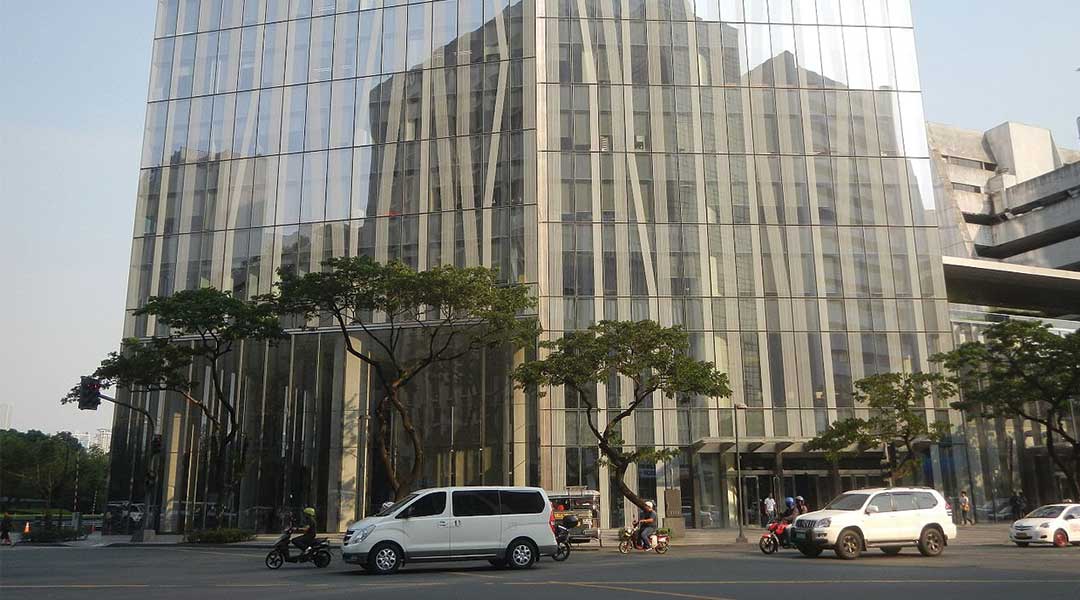
House panel approves proposed Green Energy Education Bill
The House Committee on Higher and Technical Education approved on 28 August 2018 a bill authored by former President and now Speaker Gloria Macapagal-Arroyo, seeking to authorize curriculum development and graduate training on green energy education.
House Bill 2354 or the proposed “Green Energy Education Act” seeks to mandate the Department of Energy (DOE) and the Commission of Higher Education (CHED) to award grants to university programs related to the design and construction of buildings that integrate and optimize all major high performance building attributes such as energy efficiency durability, life-cycle performance, and occupant productivity. Priority shall be given to programs in design, architecture, landscape architecture, and city, regional, or urban planning.
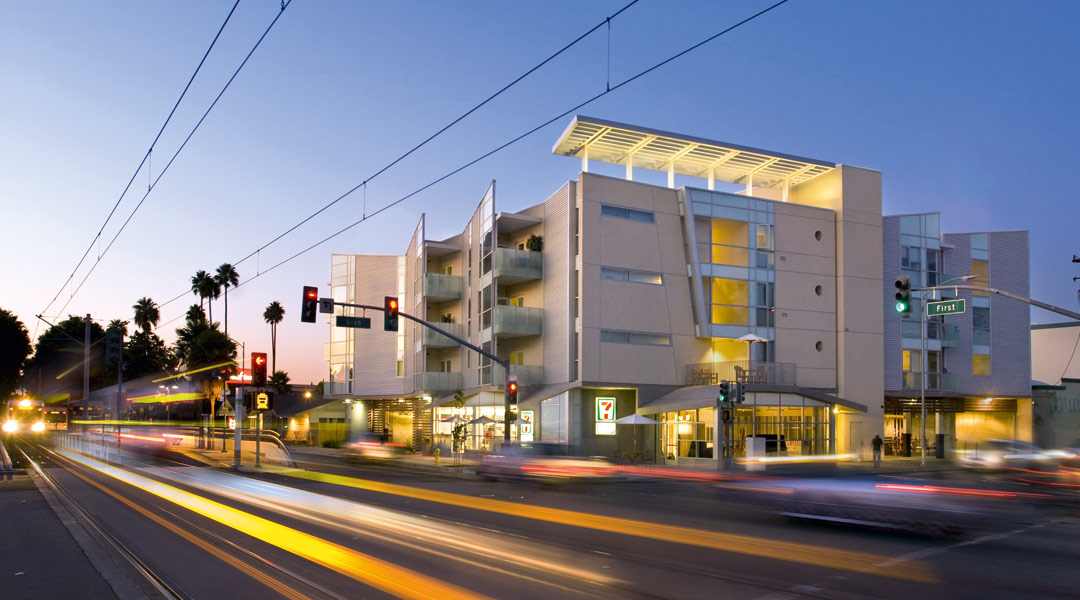
READ MORE: LEED the game: A look into the green building rating system
“This would improve the ability of engineers, architects, landscape architects, and planners to cooperate on the incorporation of advances [in] energy technologies during the design and construction of buildings,” Speaker Arroyo said in the explanatory note of the bill. “The bill would also help in preparing the next wave of design and construction professionals to improve the energy efficiency and productivity of our nation’s buildings,” Speaker Arroyo further said.
During the hearing, Committee Chairperson Rep. Ann Hofer (2nd District, Zamboanga Sibugay) temporarily relinquished the chairmanship to Rep. Greg Gasataya (Lone District, Bacolod City) to sponsor the measure in behalf of the Speaker.
Hofer explained that global environmental goals and the growing urgency to adapt green building technology to minimize the use of natural resources, reduce waste and negative environmental impact, and maximize the health and productivity of building occupants. “A few years ago, there were no such things as green building certificates, carbon cap and training programs, and smart grid technologies; it is becoming evident that these programs will have a significant impact on our future,” she said.
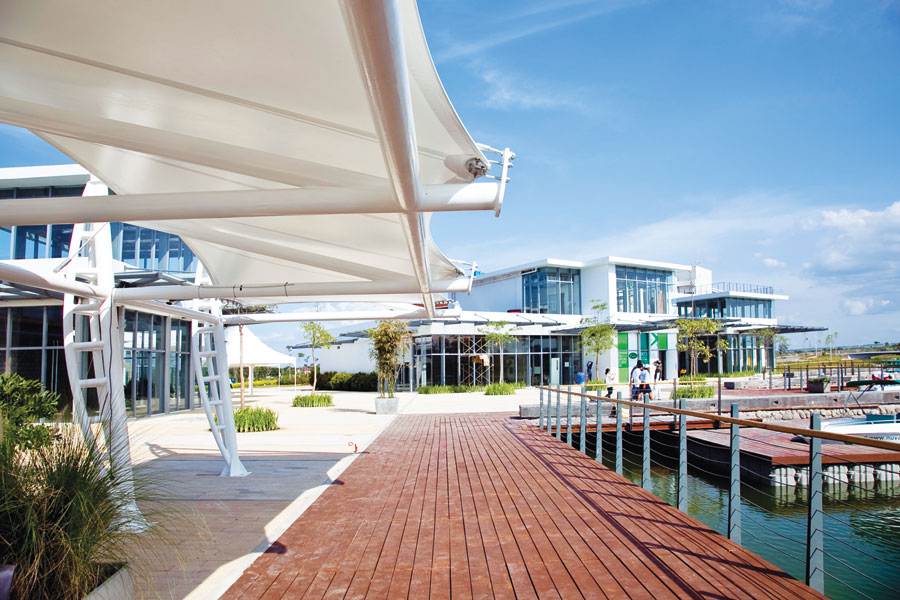
READ MORE: Localizing green buildings: Will BERDE take the LEED?
Hofer further stressed that the green industry is worth roughly US$ 265 billion. In 2005, 1.6 million employees had green jobs and expectations pointed to a 5 percent annual growth in opportunities and employment, she said.
“The CHED and our colleges and universities should rethink the way they design the curricula for the 21st century. Developing a curriculum in advanced energy and green building technology would prepare students for careers in advanced energy, green building technology, [and] sustainability industries, as well as help transform them into global citizens and champions in addressing some of the biggest challenges that we face in this world,” Hofer said.
Mario Suelto, technical coordinator of the Philippine Green Building Council (PGBC), voiced support for the bill and the promotion of educational efforts centering on green building, energy, and healthy environments.
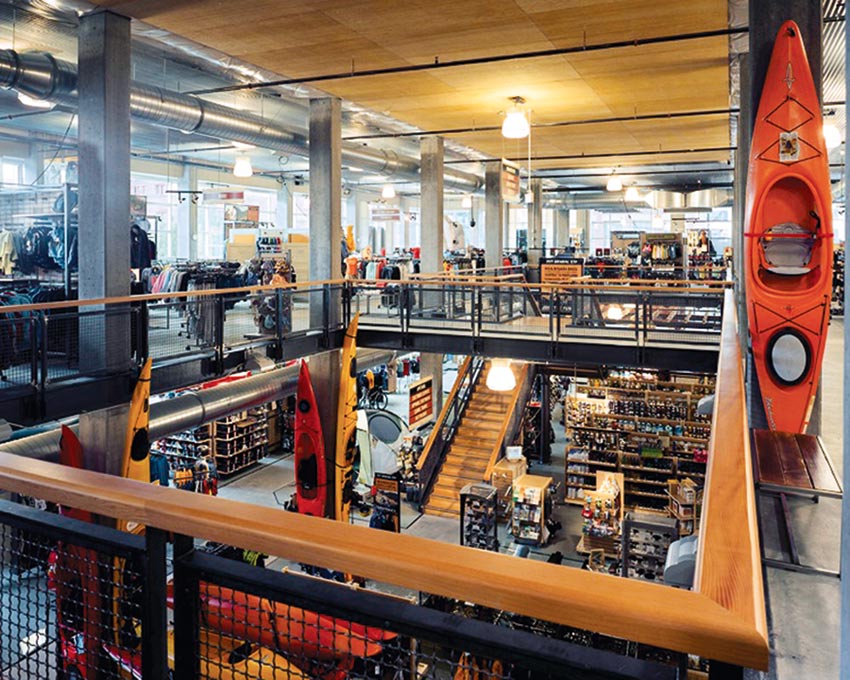
READ MORE: Congress approves proposed Green Building Act
Professional Regulation Commission Board of Architecture Chairman Robert Samoy Sac endorsed the passage into law of HB 2354, saying the bill aims to enhance the capabilities of architecture students and architects to acquire the latest and most innovative environmental technologies that address threats to climate change.
“The bill, if enacted into law, shall allow the architects to fast-track the appreciation of knowledge and technologies that may be applied and incorporated in building design and construction that improves the energy efficiency and productivity of our nation’s buildings,” Sac said.
Likewise, Association of Local Colleges and Universities Executive Director Dalisay Brawner supported the measure. “Actually, it is high time that the two agencies should work together to incentivize institutions to strengthen university programs in design, architecture, landscape architecture, and city regional planning through research and instruction,” Brawner said.
She added that this will capacitate engineers and architects to advance their knowledge and craft in developing a strong cadre of graduates engaged in energy technologies in the design and construction of buildings.
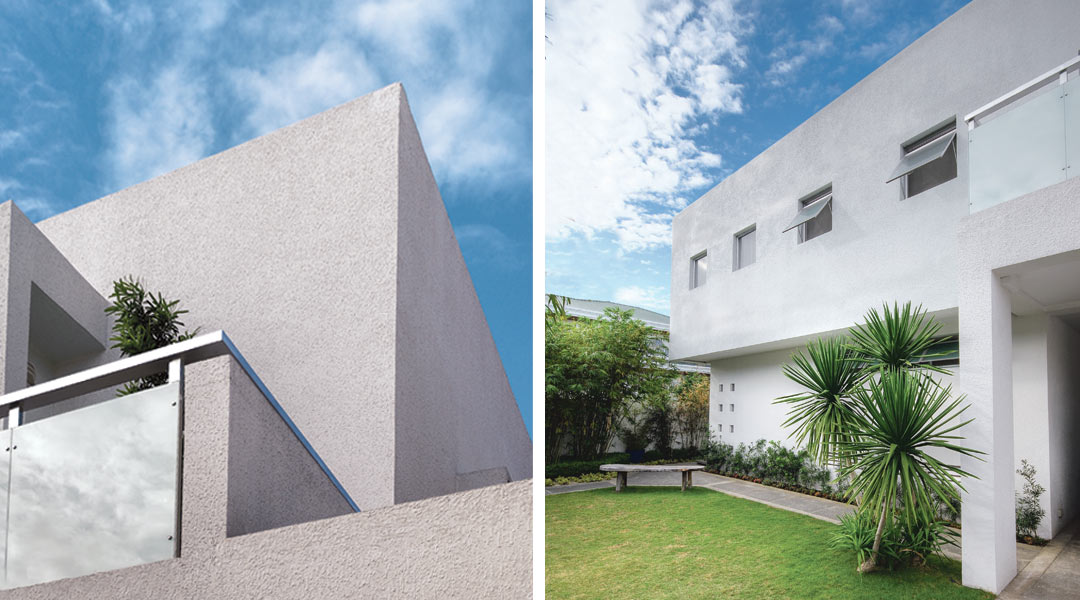
READ MORE: This Alabang home shows us it’s not that difficult to be green
Representatives from the CHED also endorsed the measure. John Hernandez, member of the CHED Technical Committee for Architecture, noted that a master’s program in green architecture is therefore welcome as the current architecture program is already heavy in numbers of unit.
Hernandez suggested that several sub-classifications of green development be considered as green architecture is needed not only in buildings but also in electrical and mechanical systems.


